Indonesia vs. East Timor
1978 - 2002
Core issue: Desire of the Timorese to achieve independency for East Timor
Type of conflict ending: Peaceful thawing
The conflict between Indonesia and East Timor was primarily territorial in nature. The Timorese were fighting for independence from Indonesia, while the Indonesian government wanted to prevent the spread of communism and independence movements on its territory. The war between the two started with the rapid departure of the Portuguese in 1974. The departure left East Timor with no clear power structures in place. Two parties attempted to establish control over the territory of East Timor, namely the Timorese Democratic Union (UDT) and the Revolutionary Front of Independent East Timor (FRETILIN). Although there was brief conflict between the two, both parties fought for an independent state.
After the civil war, FRETILIN declared an independent East Timor in November 1975. However, only a month later, Indonesian forces arrived to take control of the territory. This war lasted for three years, until 1978, and during this period Indonesian forces took control of the cities, while FRETILIN forces fought back from the mountains. The war ended with the killing of FRETILIN leaders and Indonesia gained control over East Timor. From 1978, a frozen conflict began with occasional escalations of violence being carried out by both sides. Further, the conflict was influenced by the Cold War environment. Indonesia enjoyed international support in the conflict from Western powers, as it was feared that FRETILIN would spread communist ideology in Indonesia and beyond. During this period, Indonesia attempted to forcefully integrate the Timorese, which included resettlements as well as language and "value" education.
Despite the intention of destroying the independence movement, FRETILIN actually gained support throughout the 1980s and 1990s. The organizational structure remained strong in the mountains, and meant that despite leadership loss, the organization could remain firm against Indonesian incursions. The government's counter insurgency tactics were ineffective in the mountain areas, where FRETILIN remained in control. From these areas, FRETILIN was able to carry out small scale guerrilla attacks and incite civil protests.
Civilian support was mobilized by the Clandestine Front, which organized protests and civil disobedience, often within cities where the Indonesian army had exhibited the strongest control. The 1991 Santa Cruz massacre, where over 100 mourners were killed, was the result of the army trying to control, violently, the rising support of FALINTIL, the military wing of FRETILIN. The massacre engendered a shift in the perception of the international community, which was instrumental in ending the conflict.
The international community's pressure led to a referendum in 1999. 78 percent voted in favor of independence. The results of the referendum increased the violence, as anti-independence militias and the Indonesian armed forces targeted civilians in retaliation. In response to these developments, the territory was put under United Nations control. The UN Transitional Administration was created for a three-year period, while a new government was established. In 2002, first elections were held, and the country officially became independent and a member of the United Nations. Through this peace process and international intervention, the conflict between Indonesia and East Timor was resolved through peaceful thawing.
Sources
Aspinall, E. and M.T. Berger, 2001. "The Break-up of Indonesia? Nationalisms after Decolonisation and the Limits of the Nation-State in Post-Cold War Southeast Asia", Third World Quarterly, 22 (6), 1003.
Kiernan, B., 2004. "War, Genocide, and Resistance in East Timor, 1975-99: Comparative Reflections on Cambodia" M. Selden and A.Y. So, eds. War and state terrorism. Oxford: Rowman & Littlefield Publishers, 199-233.
Paul, C., C.P. Clarke, B. Grill, and M. Dunigan, 2013. "Indonesia (East Timor), 1975-2000 Case Outcome: COIN Loss", Paul, C., C.P. Clarke, B. Grill, and M. Dunigan, eds. Paths to Victory. Santa Monica, CA: RAND Corporation, 374-382.
